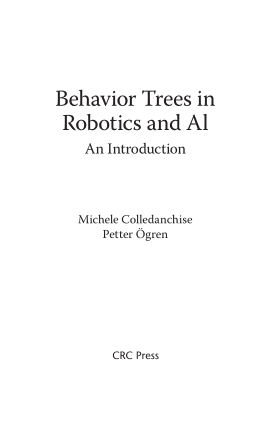This book provides information on the stages of machinery design for automated manufacturing and offers a step-by-step process for making it optimal. This is illustrated by numerous examples of technical concepts taken from different manufacturing domains. The author, being a university teacher, sees that teaching curricula and textbooks most often do not provide the answers to the questions: How are things built? How do they work? How does one best approach the design process for a specific machine? Most textbooks emphasize computation theories and techniques and deal less with the physical objects that the theories describe. During recent years, some new techniques have been developed and put into widespread use. The book thus covers such modern concepts as rapid modeling; automated assembly; parallel-driven robots; and mechatronic systems for reducing dynamic errors of a mechanical link by continuous, close-to-optimal, control of its oscillation parameters by electronic means. The author understands that writing and publishing procedure can involve a time lag between the contents of the book and the real, rapidly developing world. The revised edition of the book is based on an evaluation of both current principles and newly developed concepts. Some experiments carried out in the laboratory and described here also serve as illustrations for the relevant topics; for instance:
• Automotive mechanical assembly of a product by a manipulator (robot),
• Systems for reducing vibrations,
• Parallel-driven robots.
In this edition, greater use is made of calculation examples. Calculations performed mostly with the help of the MATHEMATICA program have a number of advantages: they are time-saving, are especially useful in solving nonlinear equations, and are capable of providing a graphic display of processes. Problems and solutions are integrated into the text so as to provide a better understanding of the contents by quantitatively illustrating the solutions and procedures. This also helps in solving other problems of a similar nature; it improves and shortens some mathematical deductions; and it contributes greatly to an understanding of the subject. For instance, one can find here:
• Solutions of essentially nonlinear equations describing the behavior of a piston in pneumatic systems;
• Equations describing the behavior of a body on a vibrating tray, widely used in,for example, vibrofeeding devices, which can be effectively solved by this computation tool (substituting boring traditional calculations);
• Description of the behavior of a slider on its guides (a common structure in machinery) when dry friction exists in this pair, resulting in limited accuracy in the slider’s displacement;
• Equations (and an example of a solution) describing the free oscillations of a robot’s arm when reaching the destination point. This is important for accuracy and productivity estimations;
• Solutions of nonlinear equations describing the behavior of an electric drive equipped with an asynchronous motor, etc.
The second edition is now more informative, more reliable, and more universal. I wish to express my deep gratitude and appreciation to my colleagues at the Mechanical Engineering Department of the Ben-Gurion University of the Negev for their spiritual support and cooperation in creating this book; to the Paul Ivanier, Pearlstone Center for Aeronautical Engineering Studies, Department of Mechanical Engineering, Center for Robotics and Production Management Research; to Inez Murenik for editorial work on the manuscript; to Eve Brant for help in production and proofreading; to Sidney Solomon and Raymond Solomon for sponsoring the book and for their skill in the production/design processes and project management. Finally, I thank my wonderful wife and family whose warmth, understanding and humor helped me throughout the preparation of this book.







